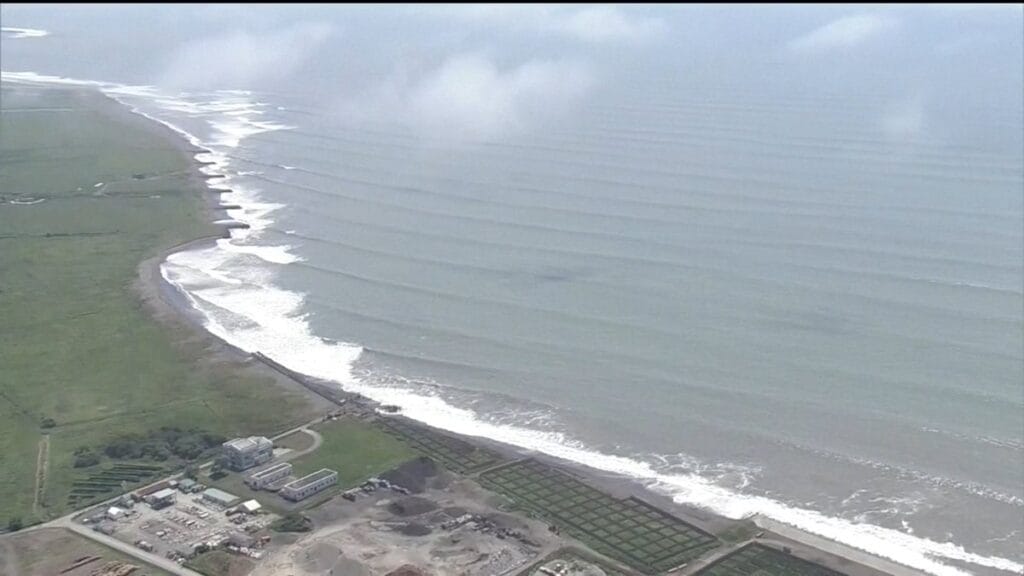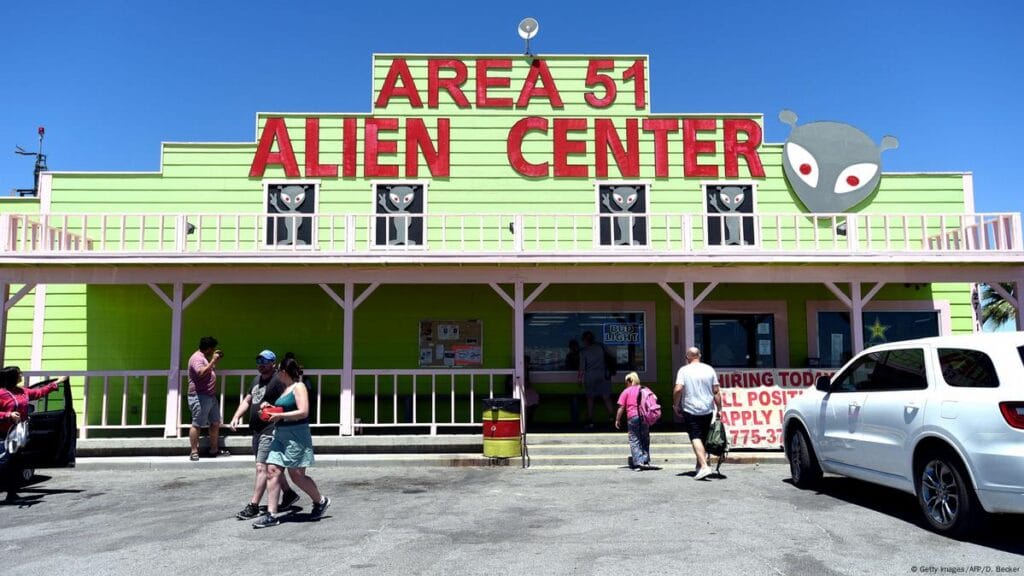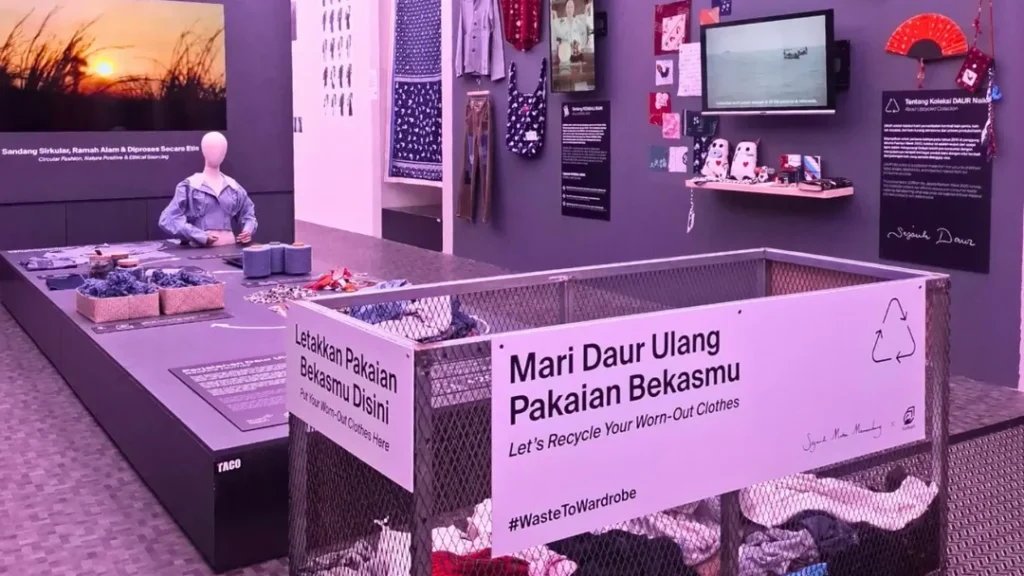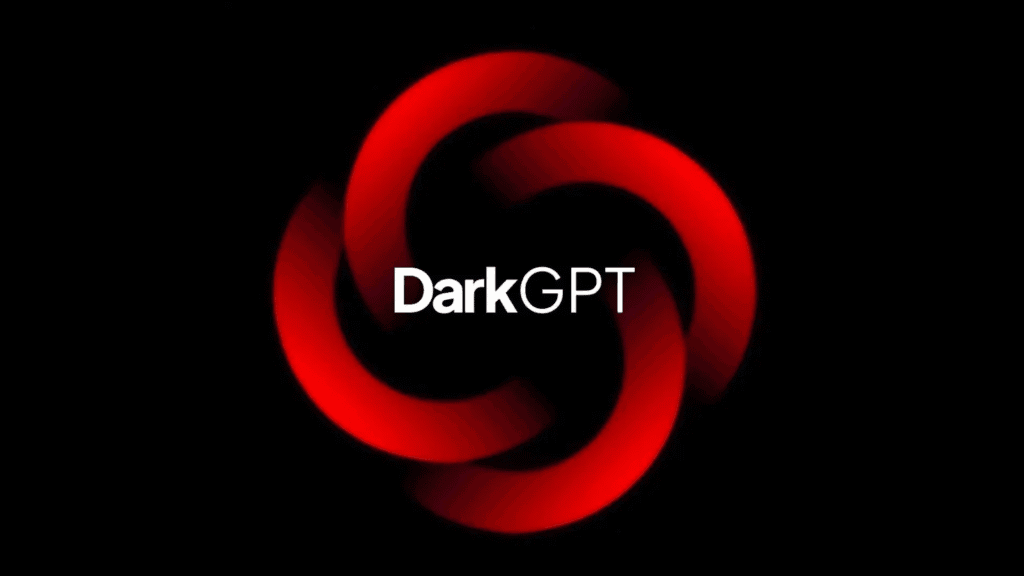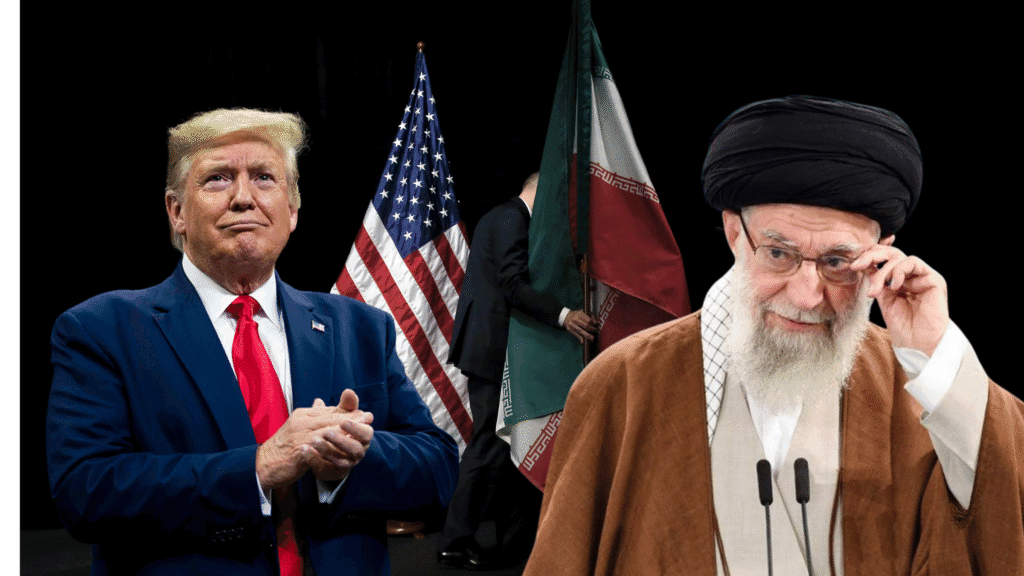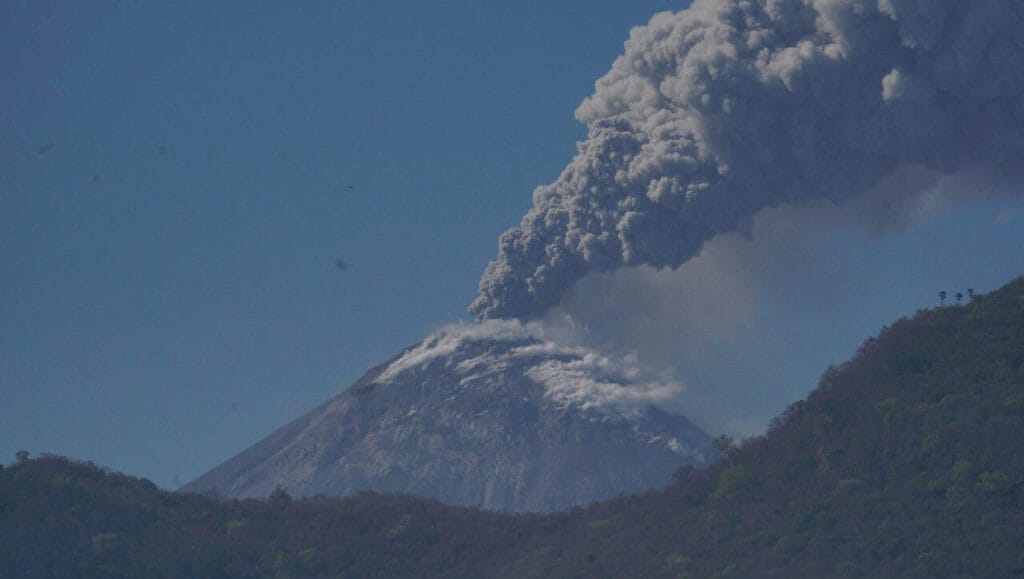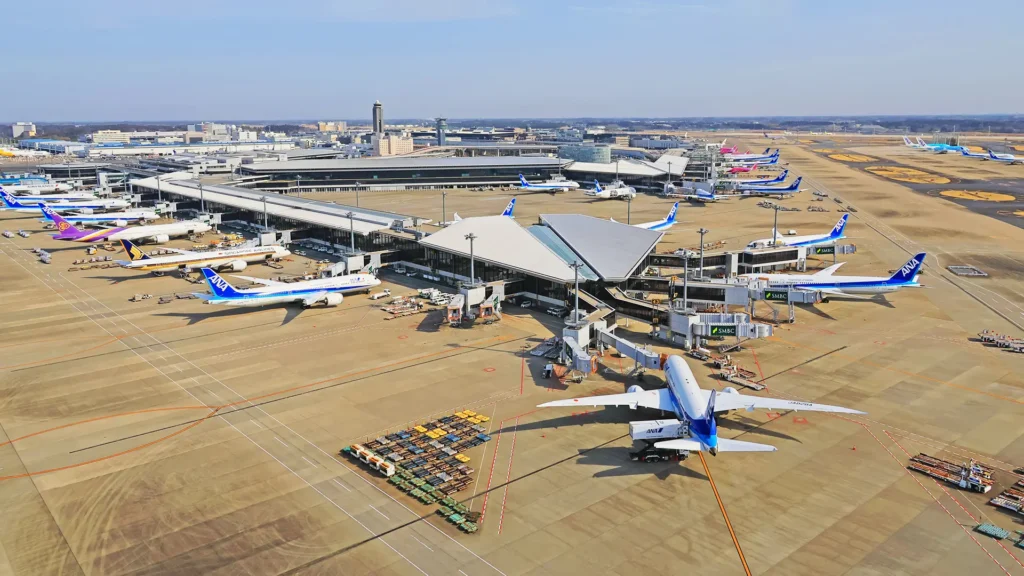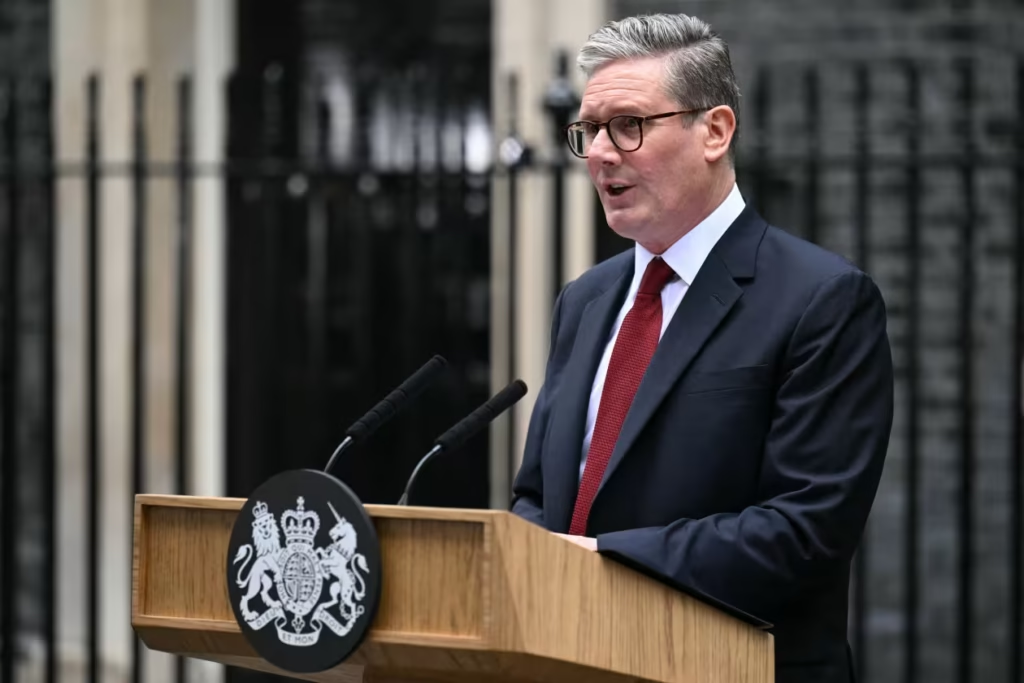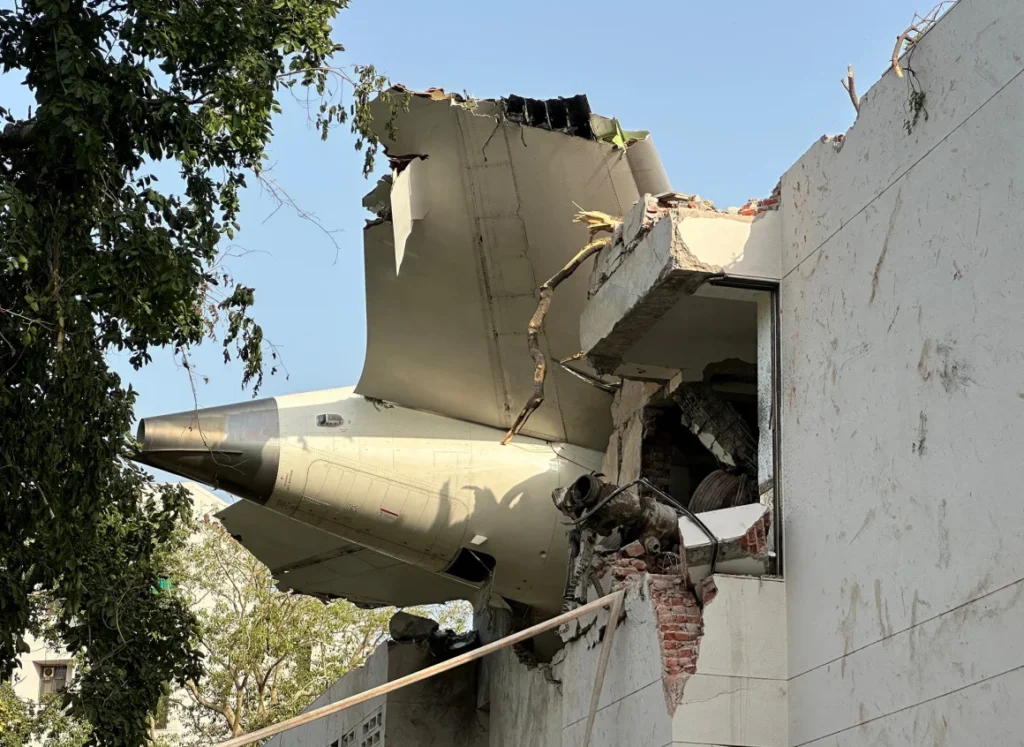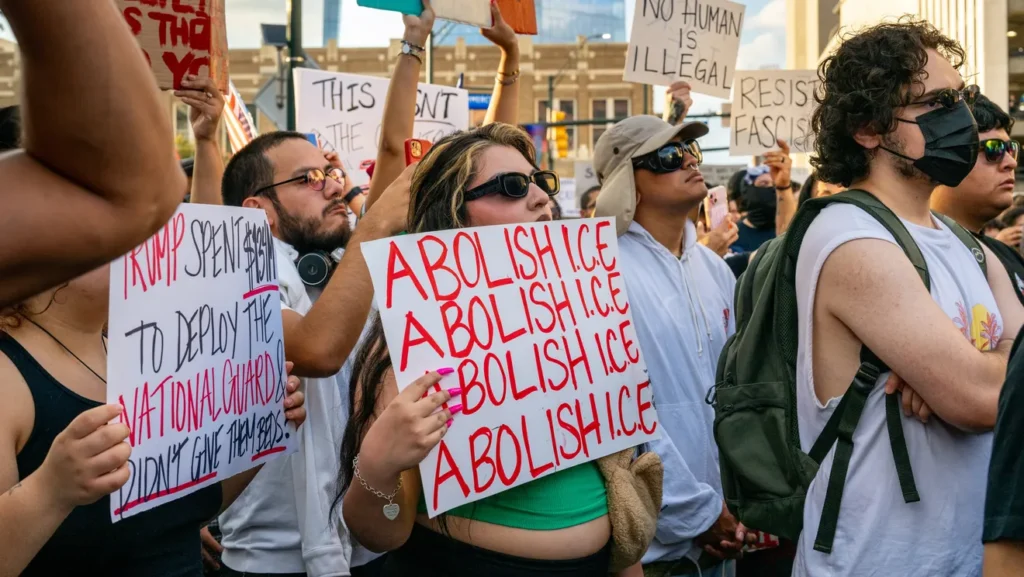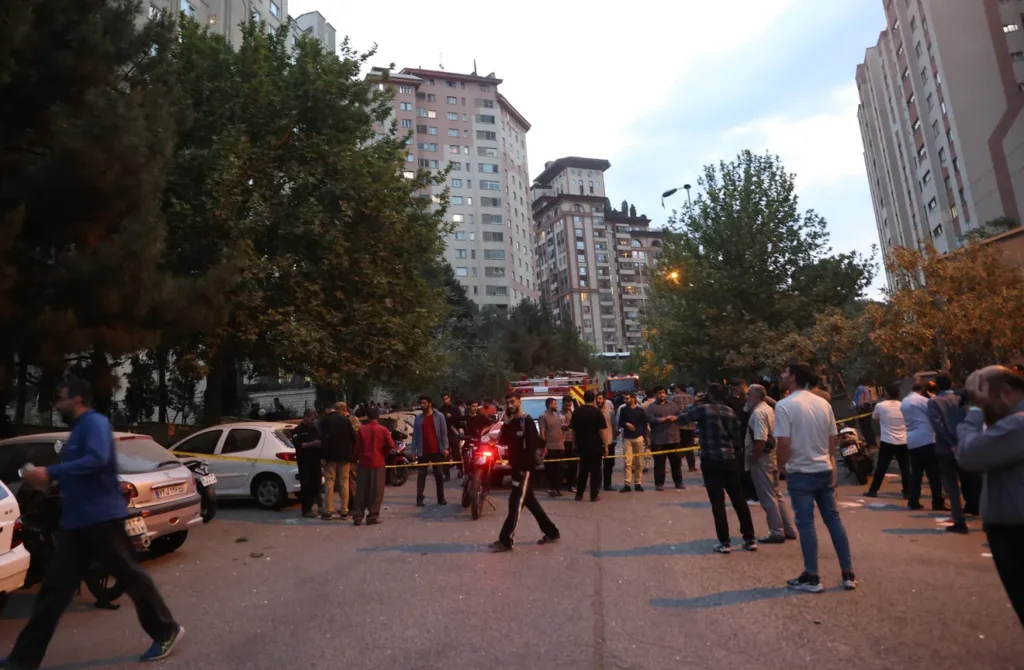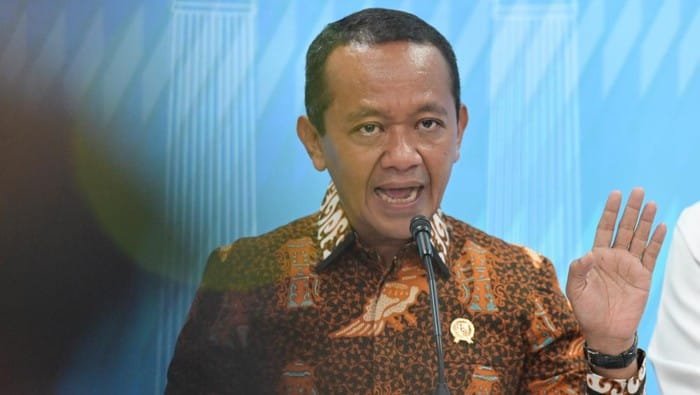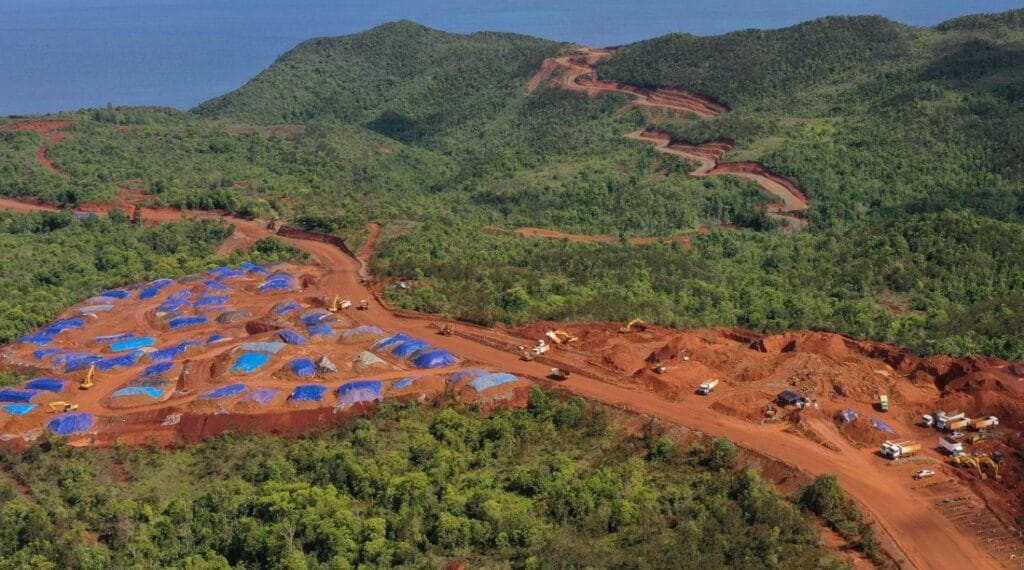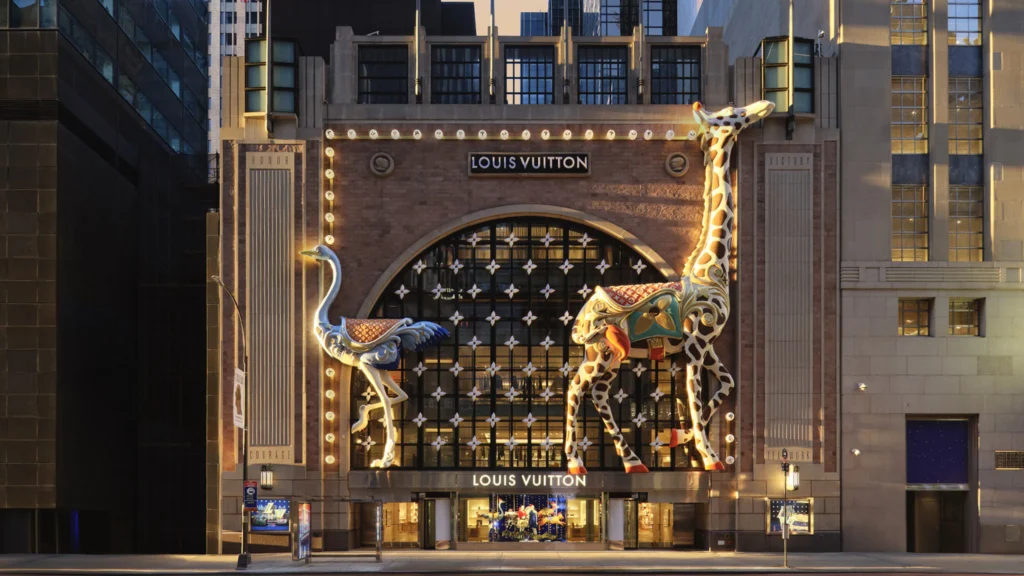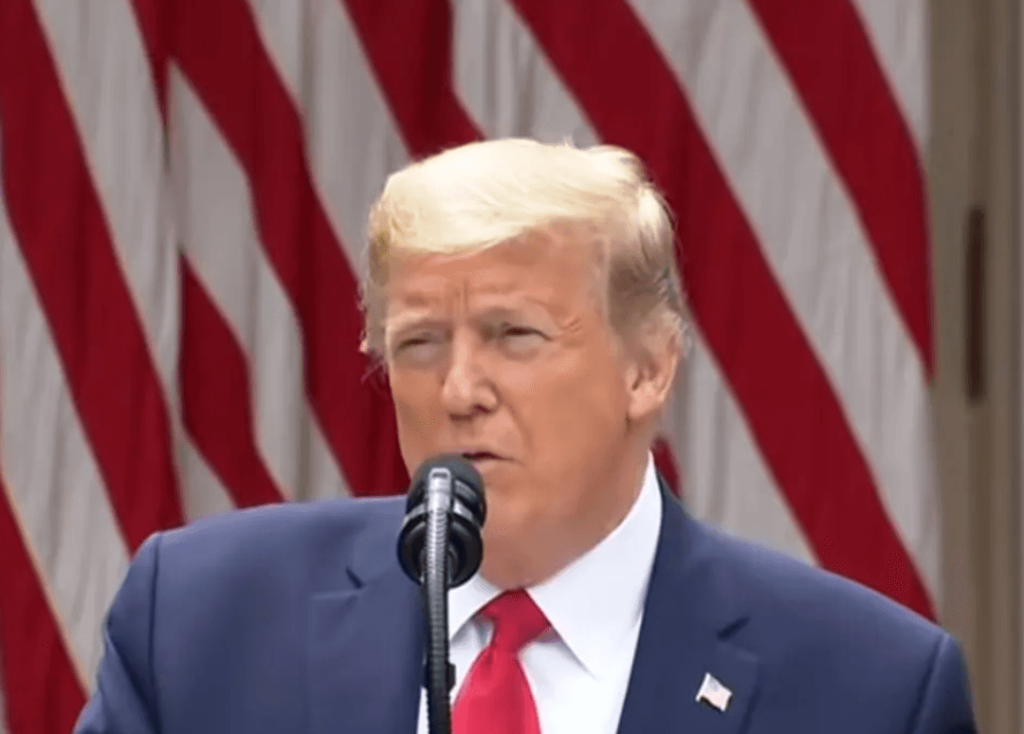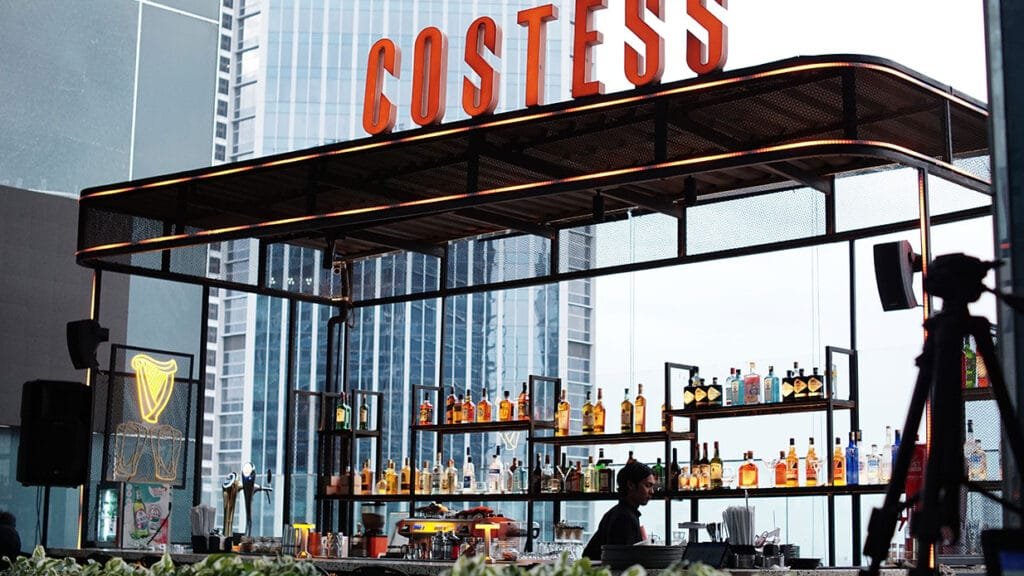ICE Immigration Protests Spread as Raids Continue
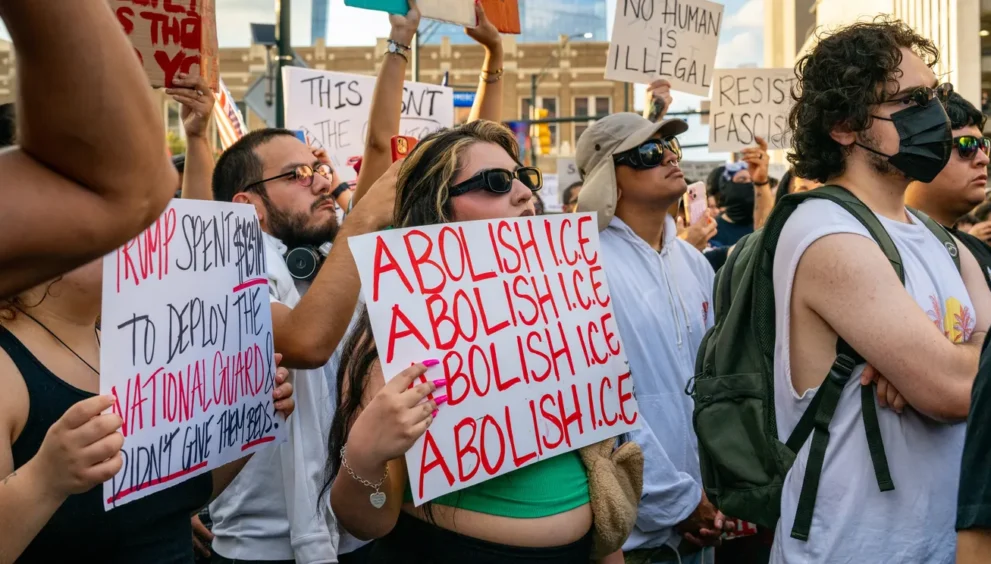
ICE Immigration Protests Ignite Nationwide Outrage
America is once again facing a wave of social unrest. This time, it centers around immigration enforcement. As ICE immigration protests erupt across the country, the message from demonstrators is clear: no more fear, no more raids.
Following a week of high-profile operations led by U.S. Immigration and Customs Enforcement (ICE), protests have broken out in cities from Los Angeles to New York. What began as localized anger in California quickly transformed into a national movement. The scale and intensity of these protests have forced city governments, federal agencies, and the White House to respond—some with dialogue, others with deployment.
Read more: Nationwide protests against immigration raids escalate, leading to arrests and curfews
What Sparked the ICE Immigration Protests?
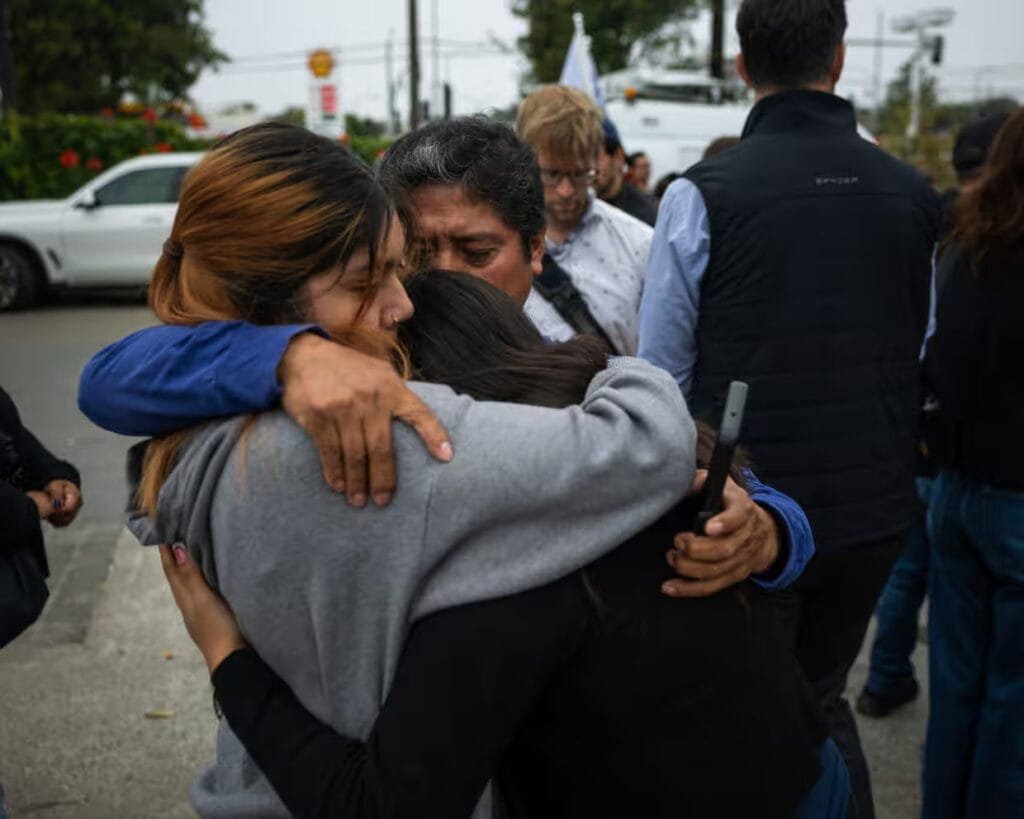
The protests were ignited by a surge in immigration raids across so-called “sanctuary cities.” Federal agents, in collaboration with DHS and local ICE divisions, targeted dozens of undocumented immigrants in early morning sweeps.
Many immigrants’ rights groups decried these actions as excessive and traumatic. Raids occurred near schools, churches, and residential areas, sending a chilling message to immigrant communities.
In Los Angeles, a key flashpoint of the protests, U.S. Senator Alex Padilla was removed by federal security personnel while publicly questioning the DHS Secretary on-site.
Read more: Riot police disperse protesters in downtown LA – as it happened
Where Are ICE Immigration Protests Happening?
The protests began in California but spread rapidly:
Los Angeles: Over 400 people were arrested. Riot police used tear gas, rubber bullets, and mounted units to disperse crowds.
San Francisco: Demonstrators blocked entrances to an ICE detention center. Sixty were arrested in coordinated protests.
Chicago: Protesters occupied Millennium Park, unfurling banners reading “Abolish ICE” and “We Are Not Illegal.”
Seattle & New York: Both cities witnessed thousands in peaceful marches.
Spokane, San Antonio, and Miami also reported civil disobedience events.
The scale of the movement recalls earlier mass demonstrations like the Women’s March and George Floyd protests, though this time focused on immigration justice.
Government Reaction and Federal Overreach
State leaders have responded with both legal and political resistance. California Governor Gavin Newsom blasted President Trump for deploying federal troops and accused the White House of abusing power.
Read more: Newsom calls Trump a ‘stone cold liar’ as LA protests against ICE raids continue
Trump had claimed coordination with state officials, but Newsom denied involvement and labeled the deployment “unconstitutional.” A federal judge later agreed, citing violations of the Tenth Amendment and ruling the federal military presence unlawful in California.
Elsewhere, officials in Illinois and Washington State have filed injunctions to block additional troop movements. Despite this, National Guard units remain stationed in several major cities.
What Fuels the Growing ICE Immigration Protests?
1. Public Outrage Over Tactics
Many protestors describe ICE’s current strategy as one of intimidation rather than enforcement. Raids involving dozens of armed officers, unmarked vehicles, and early-morning sweeps have left families traumatized.
2. Civil Rights Concerns
Advocacy groups argue the raids violate constitutional protections, particularly the Fourth Amendment. In cities like San Diego and Phoenix, protestors are calling for transparency around detentions and access to legal counsel for those held.
3. Political Support for Protesters
Local governments have stepped in. Mayor Karen Bass of Los Angeles and Mayor Brandon Johnson of Chicago both condemned federal interference. They pledged to protect the rights of protestors and limit police escalation at demonstrations.
4. Military Presence in Civic Spaces
The use of U.S. Marines, National Guard, and even federal contractors in cities has intensified public opposition. Comparisons to authoritarian crackdowns have appeared across social media and international headlines.
Civil Society Responds
In response, grassroots movements are organizing weekly protests branded as “No Kings Rallies.” More than 2,000 events are planned nationwide for the coming weekends, with some being held in high schools, parks, and even church courtyards.
Labor unions, immigrant advocacy groups, and student organizations have pledged logistical and financial support. Calls for ICE to be defunded are gaining traction in progressive strongholds like New York, Portland, and San Francisco.
What’s Next in This Nationwide Unrest?
Several states, including Texas and Florida, have begun mobilizing their own law enforcement in anticipation of additional unrest. Meanwhile, the Department of Homeland Security says ICE will not be scaling back operations.
Read more: Nationwide protests against immigration raids escalate, leading to arrests and curfews
The Biden and Trump campaigns—both operating under joint power-sharing terms in 2025—have issued conflicting statements. Biden’s office urged restraint and dialogue. Trump’s office praised the ICE actions as necessary for national security.
America at a Crossroads
The ICE immigration protests reflect more than outrage over raids. They represent deep divisions about what kind of country America wants to be. For many, the protests are about reclaiming dignity, safety, and community for immigrants who have lived and worked in the U.S. for years.
As the situation unfolds, the world watches. Will the federal government back down—or double down?
What’s clear is this: the streets are speaking. And they’re not quiet anymore.
Read also: How China Became Cool Among Young Westerners


